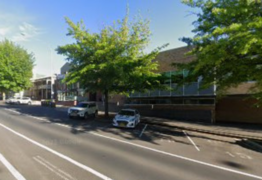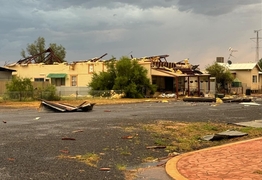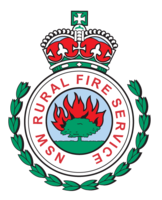Ancestor skull returns to Trangie after more than 100 years
River McCrossen
12 May 2025, 9:20 PM
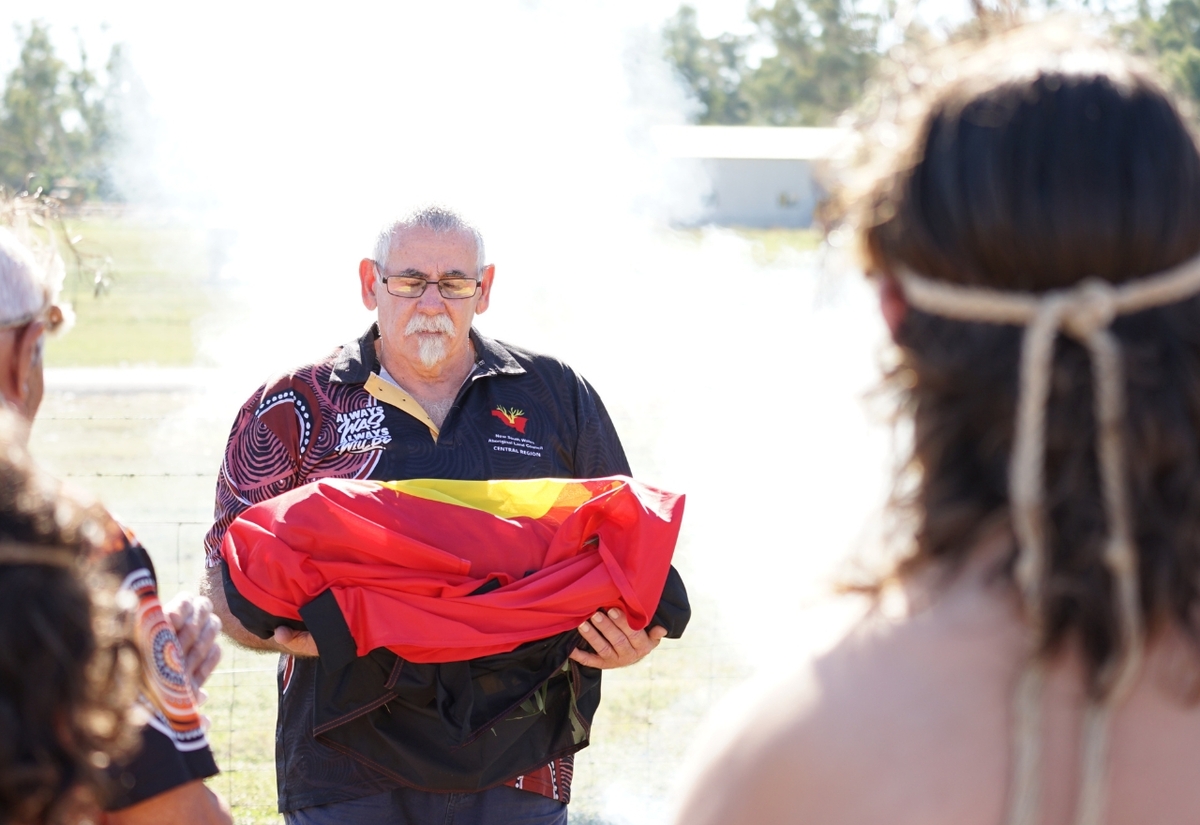 Trangie Local Aboriginal Land Council's Tony Lees holds remains, belonging to an Indigenous man, stolen in the 1880s. A reburial ceremony took place on a property in the Gin Gin area on 10 May. IMAGE: River McCrossen
Trangie Local Aboriginal Land Council's Tony Lees holds remains, belonging to an Indigenous man, stolen in the 1880s. A reburial ceremony took place on a property in the Gin Gin area on 10 May. IMAGE: River McCrossen Around 140 years after they were taken, an Indigenous ancestor's remains have returned to their original burial grounds near Trangie.
Attendees at the burial ceremony described a mix of excitement and sadness on Saturday 10 May as the man's skull, wrapped in an Aboriginal flag, was walked from the Wungunja Cultural Centre to a waiting 1971 VG Valiant.
A procession then drove about 20 kilometres northeast of the town to a property in Gin Gin, where a grave dug about a metre deep was waiting.
"It's hard to put into words really," Wiradjuri woman and Trangie Local Aboriginal Lands Council CEO Karen Hubatka said.
"To finally get him home and lay him to rest and just bring peace, it's been a great learning journey for us younger ones."
The remains were dug up for cranial research between 1884-86 and ended up in the University of Edinburgh in the United Kingdom, where they remained until 1991.
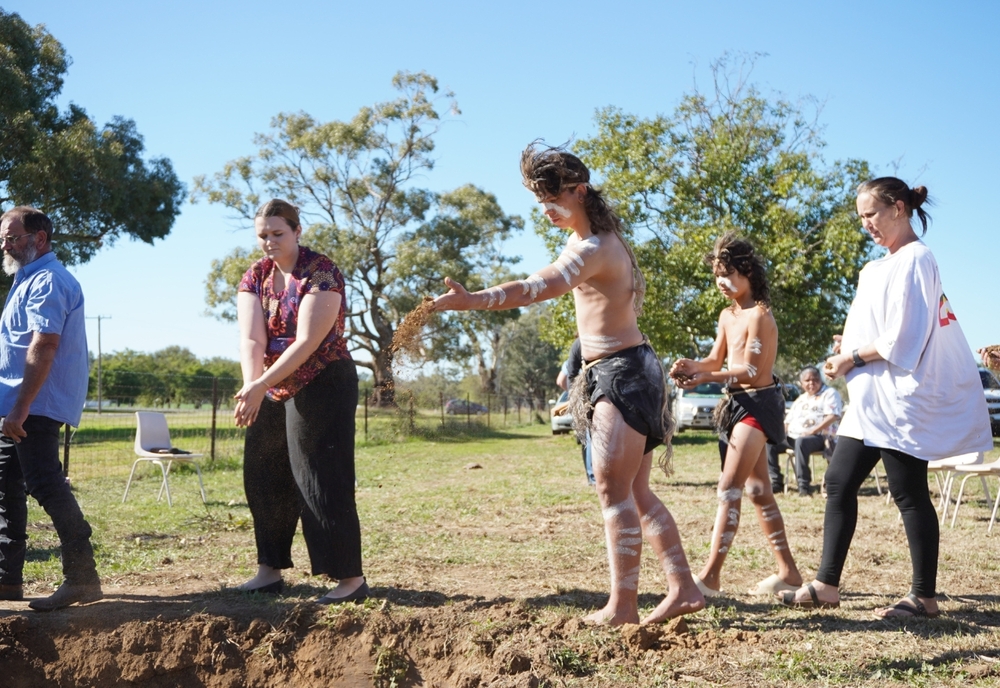
Ceremony attendees drop dirt into the grave of the man, understood from grave markings to have been a respected elder. IMAGE: River McCrossen
As part of a movement towards repatriation, they were returned to Australia with about 290 other remains and artifacts.
The skull sat in storage at the National Museum of Australia in Canberra before researchers were able to identify its origins in 2020.
Members of the local land council travelled to the capital on 27 March and brought him to Trangie the next day, although the original burial date for 29 March was rained out.
Trangie LACL's Georgina O'Neill was involved in the repatriation and said much of the wait between identification and burial was to understand cultural protocols before the remains could be settled.
"It's very hard when you grow up in a society where you live one way but you know that there's something missing when it comes to your heart and your culture, and without that understanding I think a lot of people struggle," the Wongaibon woman said.
"The repatriation brings community together and it shows them that even though in modern times we still have adversity, that as long as we're all together culture can continue to be strong."
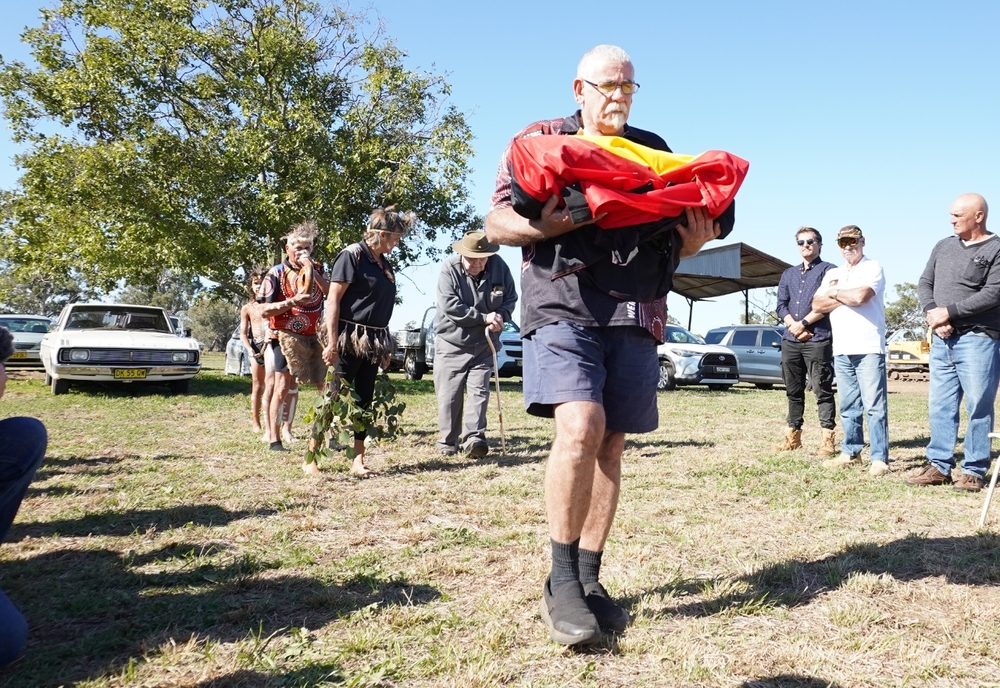
Locals and out-of-towners attended the ceremony. IMAGE: River McCrossen
She said notes from the excavation found the skull had been buried for about five years before it was dug up.
His original grave had been marked with three human-modified trees - or scar trees - which Ms O'Neil said was a "significant sign" that he was a respected lawman and elder within his tribe.
The trees were removed from the local property in the 1960s, and the Australian Museum in Sydney returned two of them to the local land council in 2017.
"I'm proud. It's a privilege to be a part of this," said farmer Jason McCutcheon, whose family bought the property in 1966 where the original burial site is located.
"The Aboriginals were here a long time before we got here on this farm. They own it just as much as I do, I think. So, it's good to be able to bury him and be part of that community."
Due to the trees' removal, the original grave's exact location could not be precisely located.
The skull was buried within a few metres of the perimetre fence adjacent to Ellengerah Road.
Community members at the burial were invited to drop a handful of dirt into the grave.
The last local burial of stolen Indigenous remains took place in 2002 on property Eastwin, about 25 kilometres drive north east of Trangie on Warren Road.
